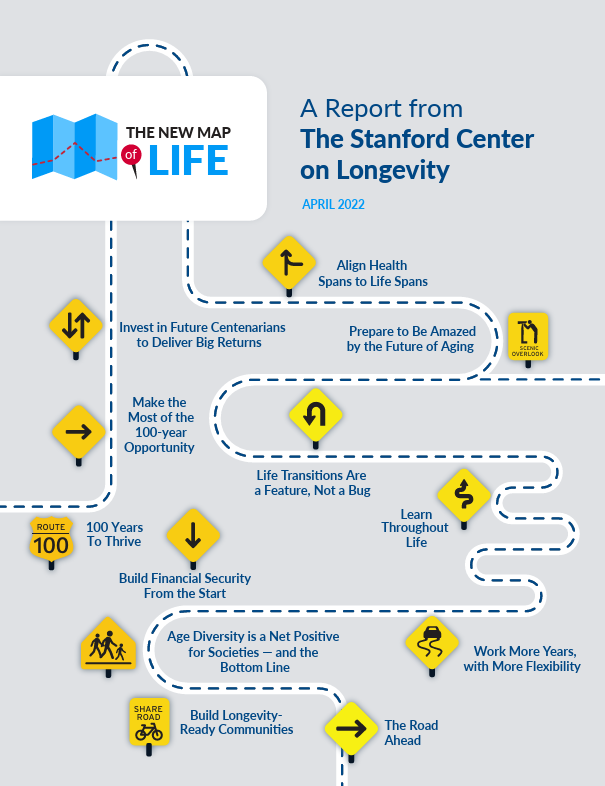Gen X, the generation caught between Baby Boomers and Millennials, is facing a unique financial challenge: the “sandwich generation” squeeze. Shouldering the responsibility of caring for aging parents while simultaneously supporting their own children, many Gen X individuals find themselves navigating a complex web of financial obligations. This dual burden is not only impacting their current financial stability but also jeopardizing their long-term security, including retirement plans. As an article in Insurance News Net highlights, this is a widespread phenomenon, with over half of Gen X investors reporting that they are providing financial support to either their parents or their children. This statistic underscores the significant financial pressures this generation faces.
The pressures are multifaceted. Aging parents often require increasing levels of care, which can translate to significant expenses for healthcare, housing, and assisted living. Simultaneously, Gen X parents are often supporting their adult children with college tuition, housing costs, and even down payments on homes in today’s challenging economic climate. This combination of demands, as the Insurance News Net article suggests, is stretching household budgets thin and forcing difficult financial decisions, impacting everything from retirement planning to daily expenses.
“We’re seeing a growing number of Gen X clients who are feeling overwhelmed,” says Sarah Miller, a financial advisor at Redwood Wealth Management. “They’re trying to balance the needs of their parents and children while also trying to save for their own future. It’s a tough balancing act.” This sentiment echoes the findings of the Insurance News Net article, which points to a growing concern among Gen X about their financial futures.
The impact of this financial squeeze is significant. Many Gen X individuals are delaying retirement, taking on additional debt, and reducing their own savings contributions. This can have long-term consequences, potentially leaving them vulnerable to financial insecurity in their later years.
Experts emphasize the importance of proactive financial planning for Gen X. “Open communication is crucial,” advises Miller. “Families need to have honest conversations about financial needs and expectations. This includes discussing caregiving responsibilities for aging parents and setting realistic boundaries for financial support for children.” This communication, as the Insurance News Net article implies, is crucial for developing a shared understanding and managing expectations.
Financial advisors also recommend exploring available resources for both parents and children. This includes researching government programs, tax breaks, and community services that can provide assistance. For parents, this might involve exploring options like long-term care insurance or veteran’s benefits. For children, it could include looking into scholarships, grants, and student loan options.
Perhaps the most crucial step is prioritizing personal financial well-being. “It’s essential for Gen X to prioritize their own financial security,” says Miller. “This means creating a realistic budget, saving for retirement, and having an emergency fund. It’s okay to say ‘no’ to requests that would jeopardize your own financial stability.” This is particularly important given the findings in the Insurance News Net article that indicate the extent to which Gen X is already providing financial support.
The sandwich generation squeeze is a complex issue with no easy solutions. However, by taking a proactive approach to financial planning, communicating openly with family members, and prioritizing their own financial well-being, Gen X individuals can navigate these challenges and work towards a more secure financial future. Seeking professional financial advice is highly recommended to create a personalized plan that addresses the unique needs of this generation. As the Insurance News Net article demonstrates, the challenges are real, but with careful planning, they are not insurmountable.








